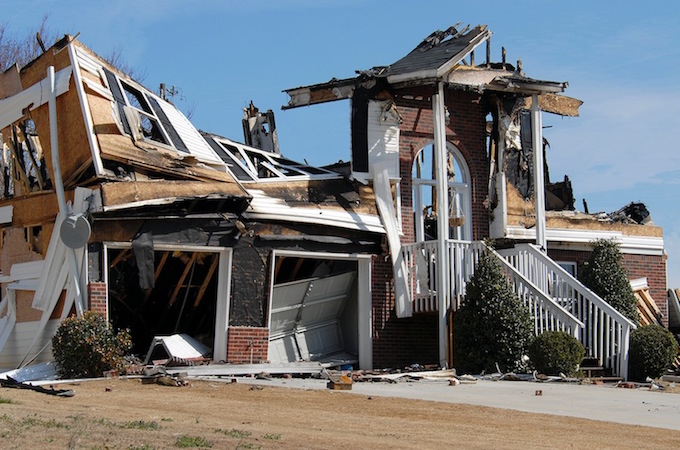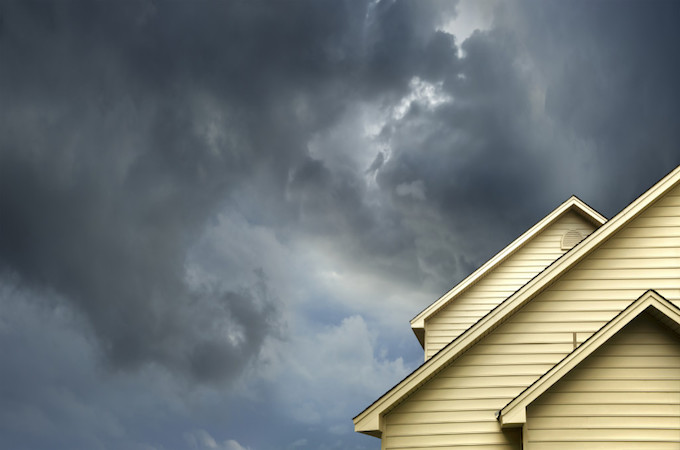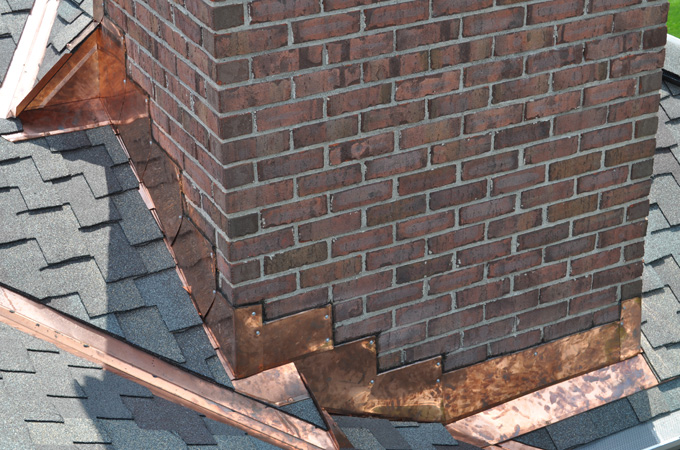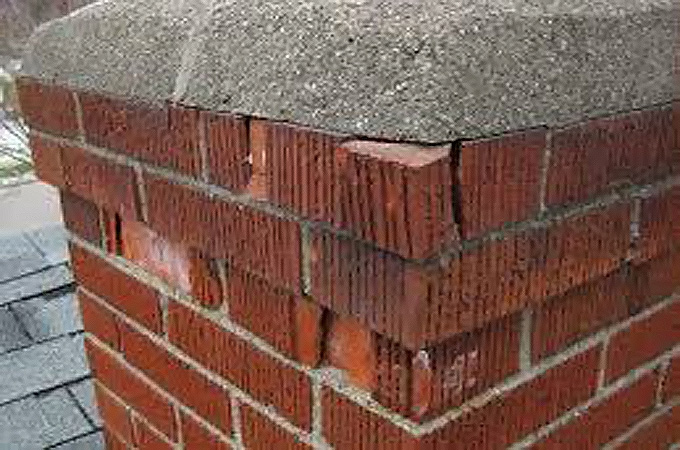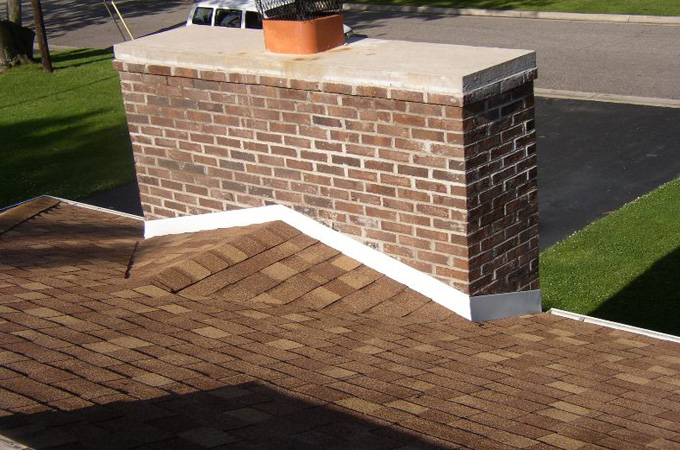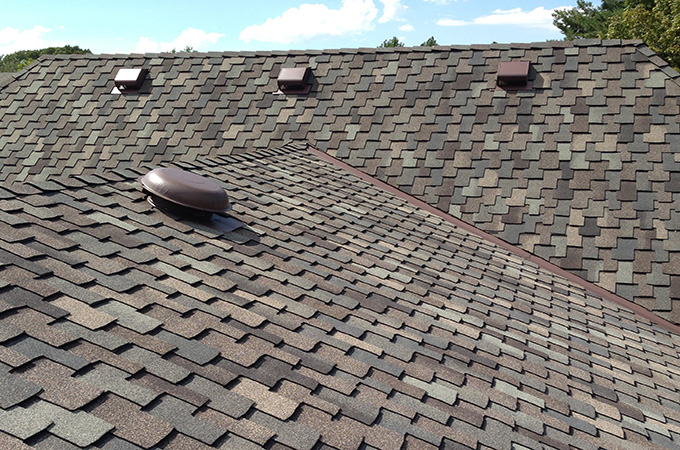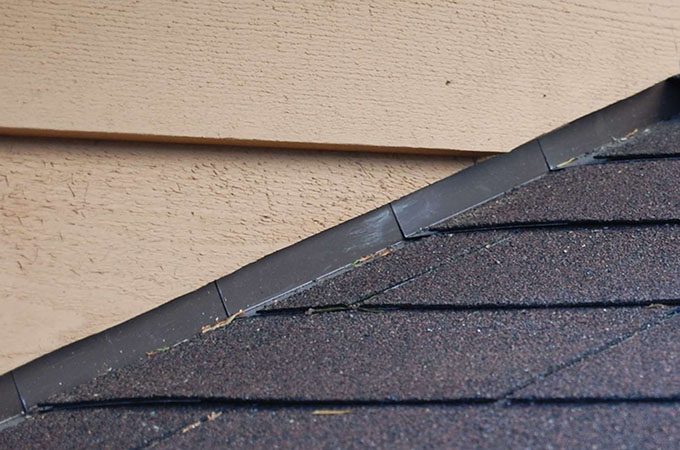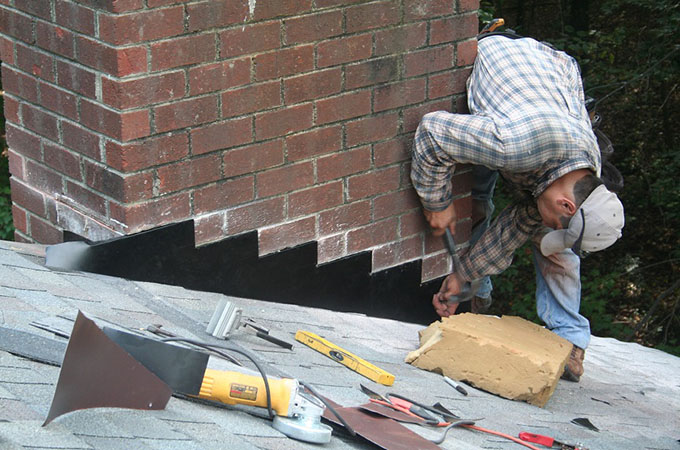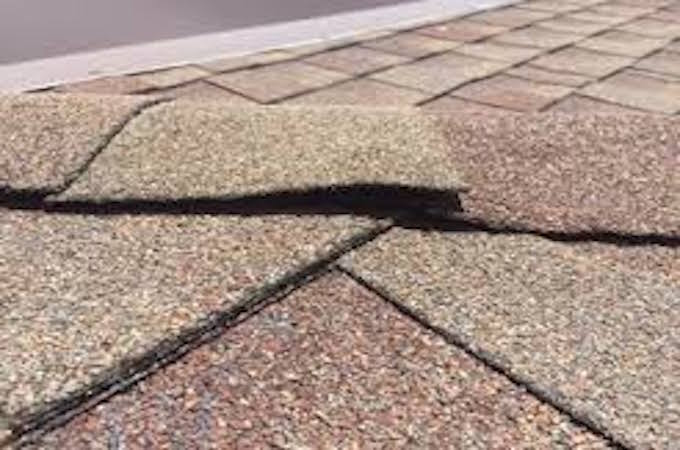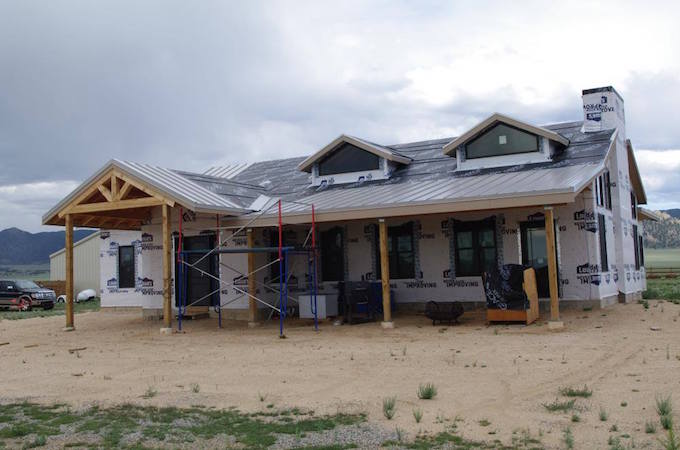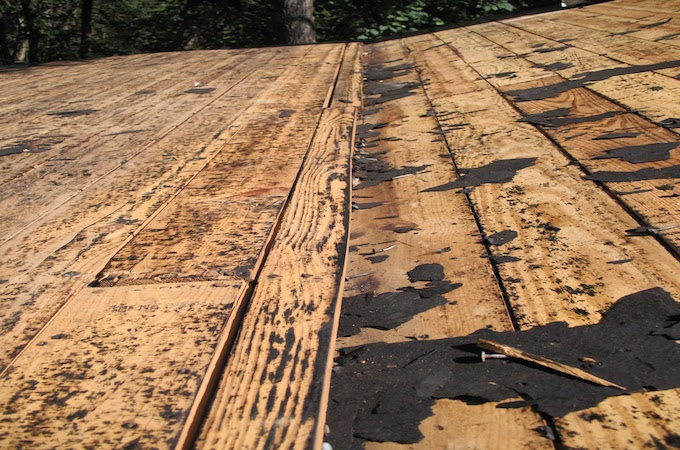Ever wondered about roofing and homeowners insurance, what an insurance company is talking about when it comes to Replacement cost or Actual cost value? Or, do you even know what kind of coverage you have on your home and roof?
Most people don’t take the time to understand or even know they may have a massive gap in their roofing and homeowners Insurance coverage.
Lets say you live in the Midwest, you have a massive storm event once every 3 years and it results in a new roof at an average cost of over $14,000 dollars each replacement. Does it sound like a good investment for your insurance company to take in somewhere between $300 and $1000 a year, then have to pay that entire $42,000 out?
Someone has to take a hit on the roofing and homeowner’s insurance coverage.
So what exactly is Actual Cash Value and Replacement Cost, which will better protect you as a homeowner? Only you can decide which will be the best option for you and your family. They can both be viable options, but, one can cost your more than the other.
-
What is Actual Cash Value
Actual cash value is the amount equal to the replacement cost minus depreciation of a damaged or stolen property at the time of the loss. It is the actual value, for which the property could be sold, which is always less than what it would cost to replace it.
-
What is Replacement Cost
A replacement cost is the cost to replace an asset of a company at the same or equal value. The asset to be replaced could be building, investment securities, accounts receivable or liens. The replacement cost can change, depending on changes in market value of the asset and any other costs required to prepare the asset for use. Accountants use depreciation to expense the cost of the asset over its useful life.
So which coverage should you choose
What coverage is best for you and your home? That is really for you to decide. For most Replacement Cost is the best coverage for roofing and homeowners insurance. There is normally a substantial cost increase going with this type of coverage. Actual Cash Value can be a viable option as well; The only difference between replacement cost and actual cash value is a deduction for depreciation. However, both are based on the cost today to replace the damaged property with new property.
Can you really blame the insurance companies?
There is an old saying “Profit isn’t a dirty word”. Yes, we as homeowners want to protect ourselves. But, an insurance company wants to protect themselves as well, after all if we didn’t have insurance companies. We would have to keep a lot more money on hand in times of emergency.
Contact your Insurance agent or local roofing company if you have any questions about your roofing and homeowners insurance policy. It is easier to ask people that do it for a living than try to figure it out yourself.
